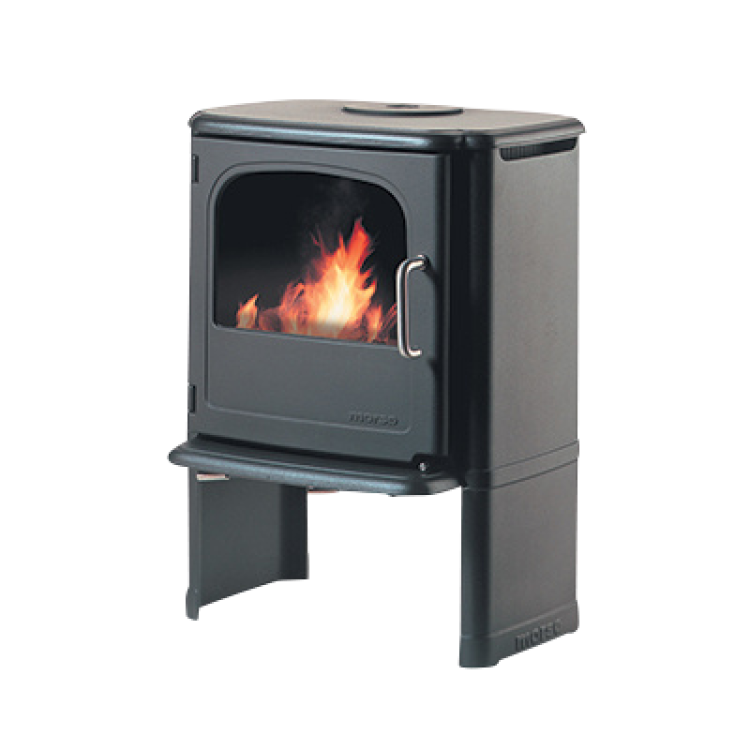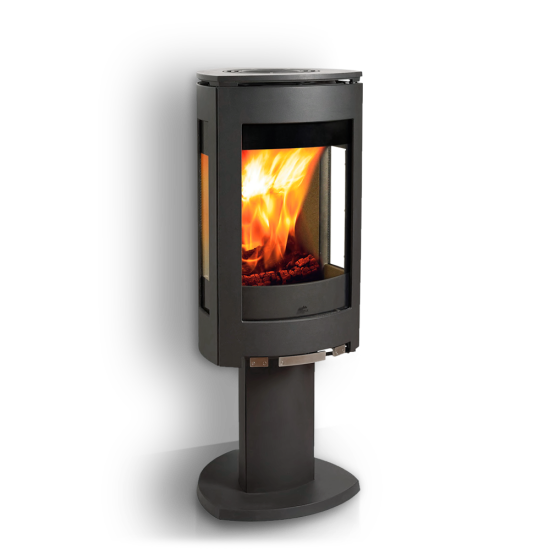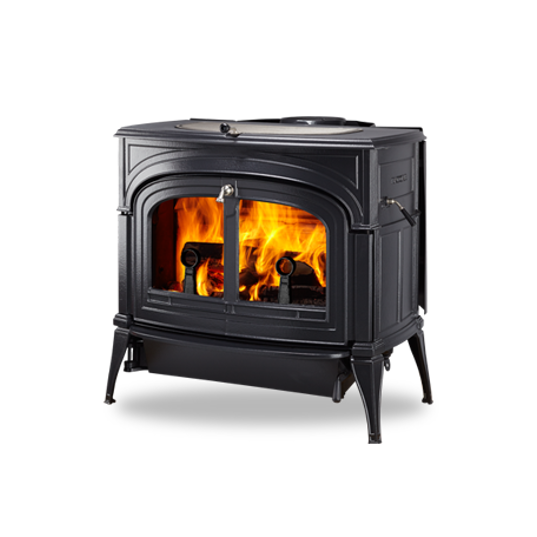Having access to heat and the ability to cook can mean the difference between survival and thriving. Enter the emergency wood stove – a compact, versatile, and indispensable tool for any prepper’s arsenal.
Whether you’re preparing for power outages, natural disasters, or off-grid living, this comprehensive article will equip you with the knowledge and techniques to unlock the full potential of your emergency wood stove, transforming it into a lifeline in times of need.
Setting up an emergency wood stove is a key action in your overall food and water storage strategy.
Key Takeaways
- Learn how an emergency wood stove can provide warmth, enable cooking, and potentially heat water for sanitation during crises.
- Discover factors to consider when choosing the right emergency wood stove for your needs, from portability to fuel efficiency.
- Gain insights into properly setting up, operating, and maintaining your stove for optimal performance and longevity.
Table of Contents
Introduction to Emergency Wood Stoves
An emergency wood stove is a portable, compact, and often lightweight device designed to burn solid fuel, such as wood or biomass, to generate heat and enable cooking.
These stoves offer a reliable and sustainable heating solution during power outages, natural disasters, or off-grid adventures.
By mastering the use of an emergency wood stove, preppers can stay warm, cook hot meals, and potentially even heat water for sanitation purposes, complementing their food and water storage strategies.
Choosing the Right Emergency Wood Stove
With a wide range of options available, selecting the right emergency wood stove can be a daunting task. Consider the following factors to ensure you make an informed decision:
- Portability and Weight: Opt for a stove that strikes the right balance between portability and weight, ensuring it can be easily transported or relocated if necessary.
- Fuel Efficiency and Burn Time: Evaluate the stove’s fuel efficiency and burn time to determine how much fuel you’ll need to carry or have on hand for extended use.
- Durability and Safety Features: Look for stoves made from high-quality materials that can withstand rugged conditions and feature built-in safety measures to prevent accidents.
- Ease of Use and Maintenance: Consider stoves with user-friendly designs and straightforward maintenance requirements to ensure hassle-free operation.
Here’s are tables comparing some popular emergency wood stove models based on these factors:



Model Descriptions
| Model | Description |
|---|---|
| Morso 3440 Owl Multifuel | Traditional with a modern touch, designed for small to medium-sized rooms. |
| Jøtul F 370 Series | Contemporary, with a distinctive cylindrical design. Ideal for modern homes looking for a statement piece that’s also functional. |
| Vermont Castings Encore FlexBurn | Classic American design with modern technological enhancements. Suitable for a range of home styles. |
Portability and Fuel Efficiency
| Model | Portability | Fuel Efficiency |
|---|---|---|
| Morso 3440 Owl Multifuel | Not portable, meant to stay put once installed. | High efficiency, especially with wood. Ability to burn multiple fuels adds versatility. |
| Jøtul F 370 Series | Not portable. Unique design and construction materials mean it’s a permanent fixture once installed. | Exceptionally high, thanks to advanced clean-burn technology. Designed to maximize heat output while minimizing waste. |
| Vermont Castings Encore FlexBurn | Not portable, intended for stationary use. Installation is a permanent addition to your home. | Very efficient, with FlexBurn technology allowing for operation with or without a catalytic converter, optimizing fuel use. |
Durability and Ease of Use
| Model | Durability | Ease of Use |
|---|---|---|
| Morso 3440 Owl Multifuel | Morso has a reputation for building durable cast iron stoves that last many years. | Straightforward operation with clear controls. Multifuel capability requires some learning for optimal use with different fuels. |
| Jøtul F 370 Series | Constructed with high-quality materials, Jøtul stoves are known for their longevity and ability to withstand years of use. | Features like easy access to the ash pan and intuitive air control make it user-friendly, though its modern design might have a slight learning curve for some. |
| Vermont Castings Encore FlexBurn | Made from cast iron with a reputation for quality and durability. Vermont Castings stoves are designed to last many years with proper maintenance. | Designed for ease with features like a top-load design and an easy-to-operate damper system. The FlexBurn technology may require some learning to optimize. |
Setting Up and Using Your Emergency Wood Stove
Once you’ve acquired the right emergency wood stove, proper setup and operation are crucial for safe and effective use.
- Selecting a Safe and Suitable Location:
- Choose a level, stable surface away from flammable materials and structures.
- Ensure adequate ventilation and clearance from overhanging branches or objects.
- Consider wind direction and potential smoke hazards.
- Gathering and Preparing Fuel:
- Collect dry, seasoned hardwood for optimal burning and minimal smoke.
- Split larger logs into smaller pieces for efficient combustion.
- Store fuel in a dry, protected area for easy access, similar to how you would store non-perishable foods.
- Proper Ignition and Fire Management:
- Follow the manufacturer’s instructions for igniting the stove safely.
- Use appropriate fire starters and tinder for easy ignition.
- Maintain a steady fuel supply and adjust air vents for optimal burn.
- Cooking and Heating with the Wood Stove:
- Use appropriate cookware designed for wood stove cooking, similar to the emergency food cooking methods you may have in your preparedness plan.
- Rotate and adjust the position of pots and pans for even heating.
- Exercise caution when handling hot surfaces and cookware.
Emergency Wood Stoves for Camping and Off-Grid Living
Emergency wood stoves are not just for emergency situations; they can also enhance your camping and off-grid living experiences.
- Warmth and Comfort in the Great Outdoors:
- Enjoy a cozy, warm shelter even in cold weather conditions.
- Dry out damp clothing and gear more effectively.
- Create a welcoming ambiance in your campsite or cabin.
- Cooking Delicious Meals on the Trail:
- Prepare hot, nutritious meals without relying on fuel canisters or electricity, preserving your emergency food supply.
- Experiment with campfire cooking techniques and recipes.
- Boil water for hot beverages or dehydrated meal preparations, complementing your water storage strategies.
Here are some tips for using an emergency wood stove in outdoor settings:
- Choose a well-ventilated area and follow local fire regulations.
- Practice proper fire safety and have a water source or fire extinguisher on hand.
- Pack a variety of fuel sources, such as dry wood, biomass pellets, or compressed logs.
- Invest in a portable camp stove with a sturdy base and adjustable legs for uneven terrain.
Emergency Preparedness and Survival Scenarios
In the event of a disaster or emergency situation, an emergency wood stove can be a lifesaver.
- Power Outages and Winter Emergencies:
- Provide warmth and a cooking source during extended power outages.
- Prevent hypothermia and ensure access to hot meals and beverages, utilizing your emergency food supply.
- Potentially heat small living spaces for improved comfort and safety.
- Natural Disasters and Evacuation Scenarios:
- Offer a reliable heat source and cooking solution in temporary shelters or evacuation centers.
- Enable the preparation of hot meals and purification of water in crisis situations, supplementing your water storage and treatment methods.
- Enhance self-sufficiency and reduce reliance on external aid or resources.
When integrating an emergency wood stove into your preparedness plan, consider the following:
- Store sufficient fuel reserves and maintain a well-stocked supply of kindling and tinder.
- Familiarize yourself with the stove’s operation and practice using it before an emergency occurs.
- Equip your emergency kit with essential stove accessories, such as an ash rake, fireplace tools, and heat-resistant gloves.
Maintenance and Storage of Emergency Wood Stoves
Proper maintenance and storage are crucial for ensuring the longevity and optimal performance of your emergency wood stove.
- Proper Cleaning and Maintenance Procedures:
- Allow the stove to cool completely before cleaning.
- Remove ash and debris regularly to prevent buildup and maintain airflow.
- Inspect and clean the flue or chimney to prevent creosote accumulation.
- Apply a high-temperature, heat-resistant paint or sealant to protect the stove’s exterior.
- Safe Storage and Transportation:
- Store the stove in a dry, protected area when not in use, similar to how you would store bulk food or emergency water supplies.
- Use appropriate padding or cases for transportation to prevent damage.
- Disassemble the stove if necessary for compact storage or transport.
- Troubleshooting Common Issues:
- Refer to the manufacturer’s manual for specific troubleshooting guidelines.
- Common issues may include poor draft, incomplete combustion, or difficulty igniting.
- Seek professional assistance if the stove requires repairs or maintenance beyond your skill level.
Conclusion: The Versatility of Emergency Wood Stoves
In an age of uncertainty and the ever-present threat of natural disasters or societal disruptions, having a reliable source of heat and a means to cook can be invaluable. The emergency wood stove offers a versatile and sustainable solution, providing warmth, enabling the preparation of hot meals, and potentially even heating water for sanitation purposes.
Whether you’re facing a power outage, navigating the great outdoors, or preparing for a worst-case scenario, an emergency wood stove can be a prepper’s best friend. By selecting the right stove, mastering its setup and operation, and integrating it into your emergency preparedness plan, you’ll be well-equipped to tackle any challenge that comes your way.
Embrace the versatility of the emergency wood stove, and rest assured that you’ll have a reliable source of warmth and sustenance, no matter what life throws your way. Combine it with your food and water storage strategies, emergency cooking methods, and water purification techniques for a comprehensive preparedness plan.


